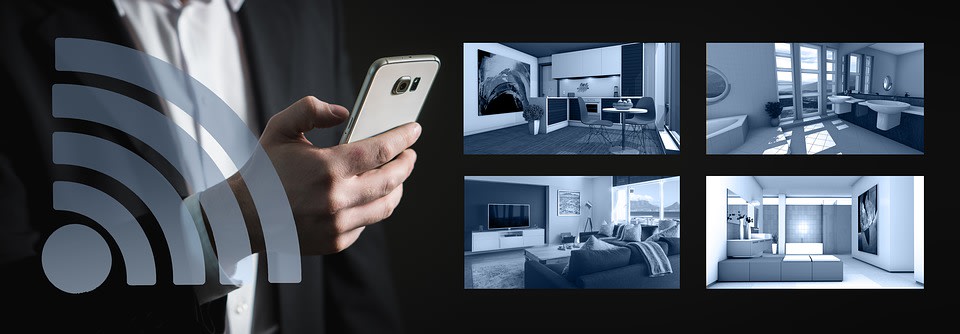Security is unfortunately an ever present concern for South Africans, with many of us spending hundreds of Rand each month in subscriptions to private armed response, guarding & patrol companies. There are, however, alternate solutions to our security needs, and the majority of these can be found in Bob Shop's Security & Surveillance category.
A lot of money can be saved by opting to purchase and install your security system yourself, instead of having a consultant do it for you. The first factor to be taken into account when deciding on what security system to install is how many zones you will require. The number of zones refers to the number of inputs the security system can handle. Common alarm system control panels have between 8 & 32 separate zones. Each of the zones represents a different input, such as motion detectors, door sensors or CCTV cameras which trigger the alarm system when they are activated. Essentially, the more zones you have, the better your security coverage you have due to the increased number of monitoring devices being able to be connected to the system.

Once you have selected the appropriate control panel to suit your individual needs you will need to move on to selecting motion detectors and door sensors. It is important to remember that different sensors work best in different scenarios. For example, indoor motion sensors are ideal for protecting bedrooms, the lounge, TV room and kitchen due to their high sensitivity and short range. Outdoor motion detectors are available in two varieties, the standard motion detector, which covers an arched area of roughly 110 degrees, and the photoelectric beam motion sensor, which beams an invisible light between two detector and activates the alarm if this beam is interrupted.
These motion detectors are easy to install, with wireless & wired options being available. When triggered, these motion detectors send a signal back to the control panel which will activate the siren and if configured, send a signal via a cellphone to a number of your choice, whether it be your security provider, a friend or family member or to the police. System which sent out a distress signal to a company or private when they are triggered are known as monitored alarm systems. These systems use a radio signal or phone to alert the authorities or home owner to intrusion. Unmonitored systems, on the other hand, simply sound the siren or klaxon and do not send a signal out to any authority. The decision of whether to have your alarm system monitored or not depends on your own security needs, as well as your security budget as monitoring can be quite costly.

One of the most important considerations to make when installing a security system is the location of the motion sensors & beams, as well as the location of the keypad & control panel. Indoor motion detectors should be positioned in a place which enables them to cover the entire room, such as high up in the corner of a room, preferably facing the most likely point of entry for an intruder. Outdoor motion detectors should be installed in an area where they cannot easily be triggered by swaying branches, you do not need to worry about falling leaves and passing pets as these will not trigger most outdoor motion detectors. For those who are simply looking for a deterrent, rather than an active system, dummy CCTV cameras will do the job of scaring off intruders, while costing very little.
Overall, safety and security should not cost you a fortune and shouldn't require the expertise of an installer or expert to get up and running. By looking in the right places and buying the right products anyone with a small amount of D.I.Y experience and a screw driver can adequately protect themselves and their belongings from unwanted intruders.